Installation Technology Losses In Different Pipes
Categories: Engineering Lab EquipmentWhen flow passes through pipes, pressure losses occur due to the friction between the pipe wall and the water. The pressure loss is directly dependent on the surface roughness of the pipe inner wall,...
Product
Description
When flow passes through pipes, pressure losses occur due to
the friction between the pipe wall and the water. The pressure loss is directly
dependent on the surface roughness of the pipe inner wall, and thus on the
material used. In addition, the pressure loss is affected by the flow velocity
and the cross-sectional area being flowed through. The unit makes it possible
to study the pressure loss of incompressible fluids in fully flowed through
straight pipe elements. The trainer is suitable for assessing how different
materials and pipe diameters affect the flow. The pipe elements used are
commercially standard components in heating and sanitary engineering. The clear
panel is mounted on a sturdy, movable frame. Four straight pipe elements are
mounted on the panel. These can be selected individually by ball valves. The
flow is adjusted using valves in the inflow and return and read on a rotameter.
Learning Objectives/Experiments
Investigation of the pressure losses of flow through pipes
Measurement of the pressure differential on different pipe
sections
Influence of various pipe diameters
Influence of different materials and surface roughness
Effect of the flow velocity
Comparison between experiment and theory
Specification
Investigation of friction-induced pressure losses in flow
through pipes
Pipe elements are commercially standard components in
heating and sanitary engineering
Clear panel mounted on a sturdy, movable frame
Four measuring sections with different pipe cross-sections
and materials
Pipe sections can be selected via ball valves
Water connections made using quick-release couplings in the
inflow and return
Flow can be adjusted via valves
Flow measurement using rotameter
Differential pressure measurement via differential pressure
meter with display
Technical Data
Pipe sections measuring length: 1000mm
pipe section 1: transparent plastic, diameter: 20x1,5mm
pipe section 2: steel, diameter: 1/2”
pipe section 3: copper, diameter: 18x1mm
pipe section 4: copper, diameter: 15x1mm
Differential pressure meter
Measuring ranges
flow rate: 150…1600L/h
differential pressure: ±350mbar
quick overview :
When flow passes through pipes, pressure losses occur due to
the friction between the pipe wall and the water. The pressure loss is directly
dependent on the surface roughness of the pipe inner wall, and thus on the
material used. In addition, the pressure loss is affected by the flow velocity
and the cross-sectional area being flowed through. The unit makes it possible
to study the pressure loss of incompressible fluids in fully flowed through
straight pipe elements. The trainer is suitable for assessing how different
materials and pipe diameters affect the flow. The pipe elements used are
commercially standard components in heating and sanitary engineering. The clear
panel is mounted on a sturdy, movable frame. Four straight pipe elements are
mounted on the panel. These can be selected individually by ball valves. The
flow is adjusted using valves in the inflow and return and read on a rotameter.
Learning Objectives/Experiments
Investigation of the pressure losses of flow through pipes
Measurement of the pressure differential on different pipe
sections
Influence of various pipe diameters
Influence of different materials and surface roughness
Effect of the flow velocity
Comparison between experiment and theory
Specification
Investigation of friction-induced pressure losses in flow
through pipes
Pipe elements are commercially standard components in
heating and sanitary engineering
Clear panel mounted on a sturdy, movable frame
Four measuring sections with different pipe cross-sections
and materials
Pipe sections can be selected via ball valves
Water connections made using quick-release couplings in the
inflow and return
Flow can be adjusted via valves
Flow measurement using rotameter
Differential pressure measurement via differential pressure
meter with display
Technical Data
Pipe sections measuring length: 1000mm
pipe section 1: transparent plastic, diameter: 20x1,5mm
pipe section 2: steel, diameter: 1/2”
pipe section 3: copper, diameter: 18x1mm
pipe section 4: copper, diameter: 15x1mm
Differential pressure meter
Measuring ranges
flow rate: 150…1600L/h
differential pressure: ±350mbar
Product
Reviews
add Review
reviews
No Review Yet.
Copyrights © 2025 All Rights Reserved by Atico

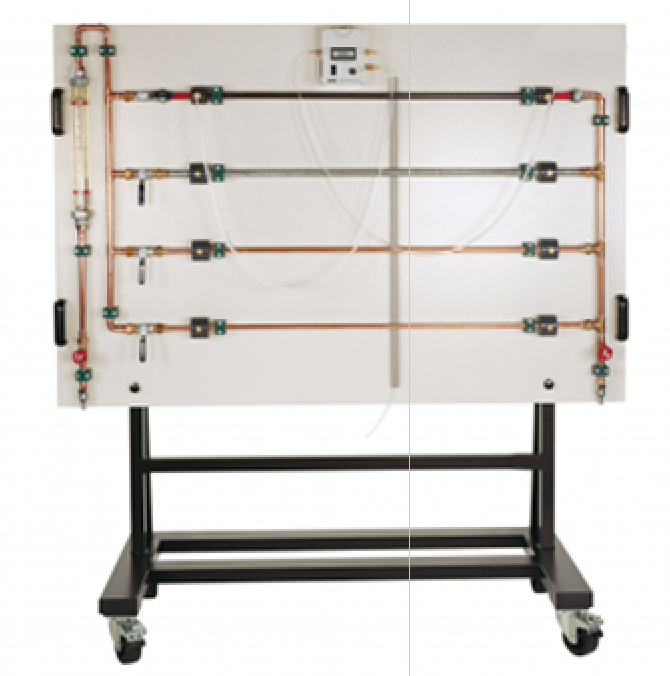




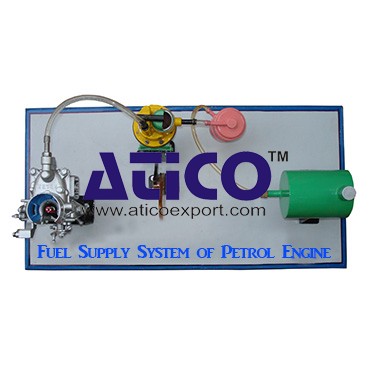

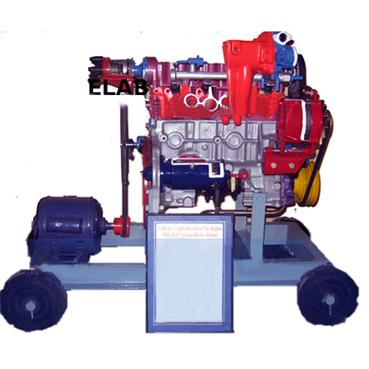
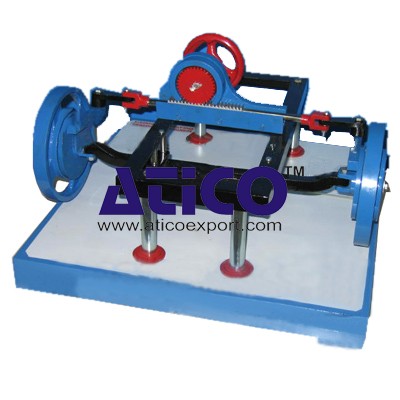


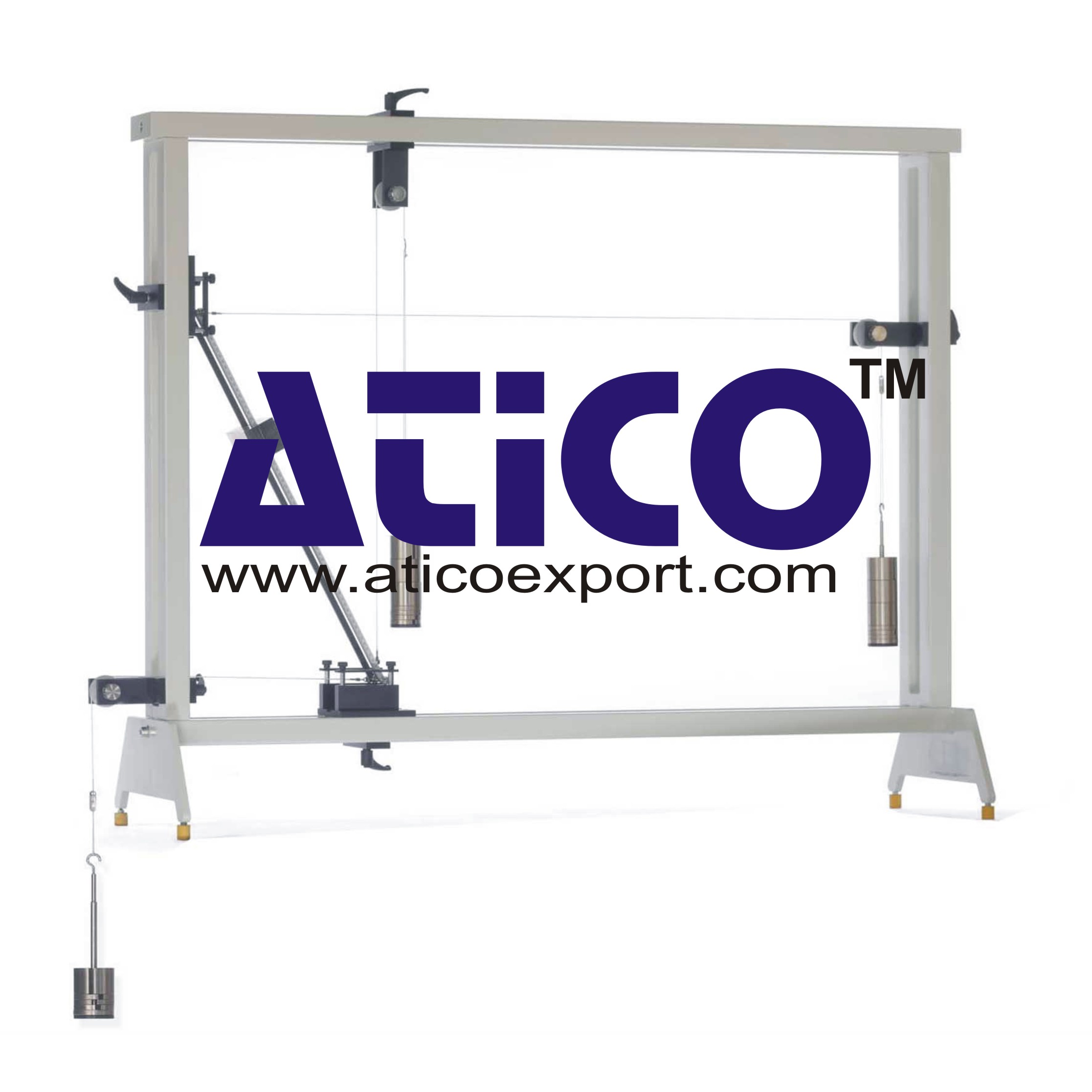
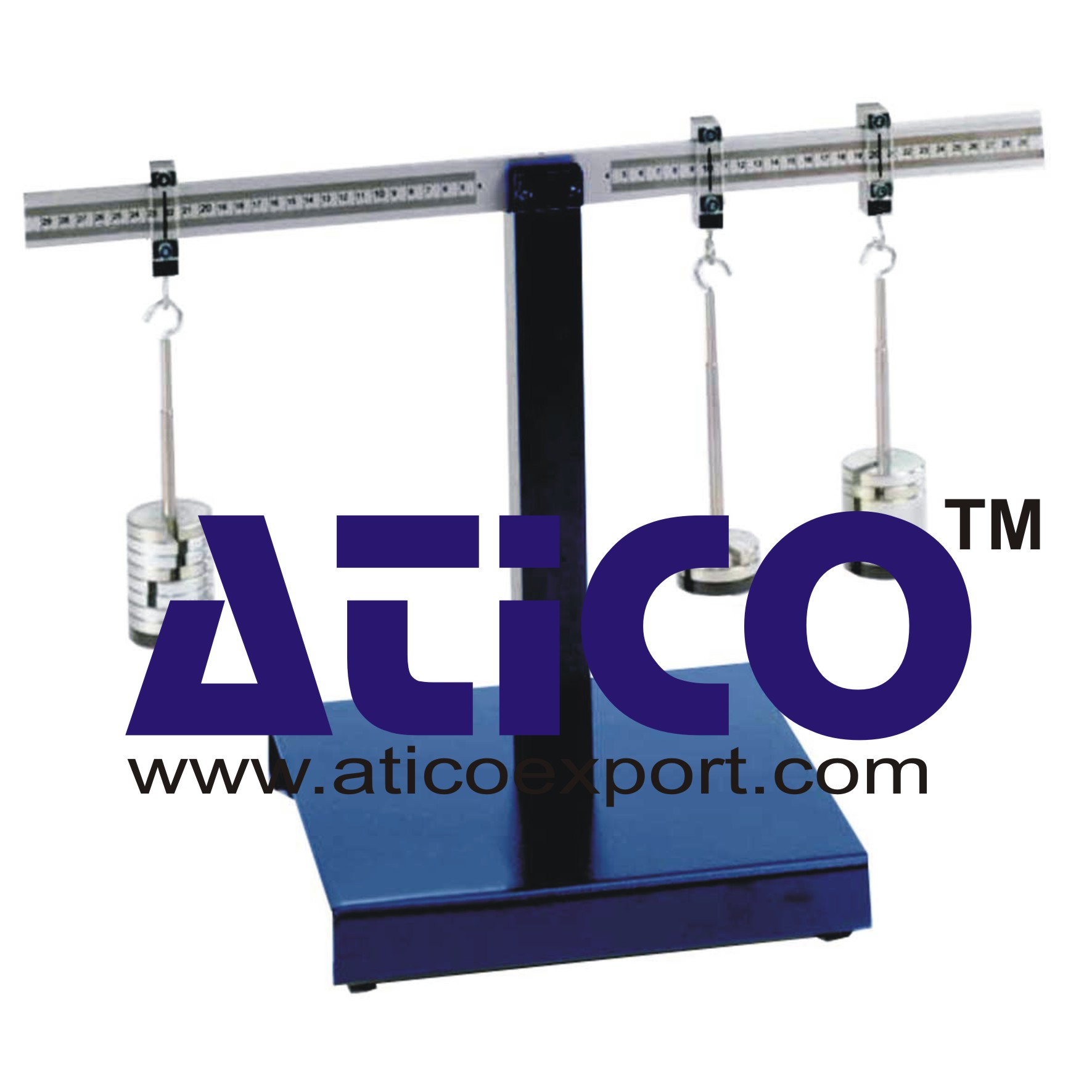
Product
Reviews
add Review
reviews
No Review Yet.